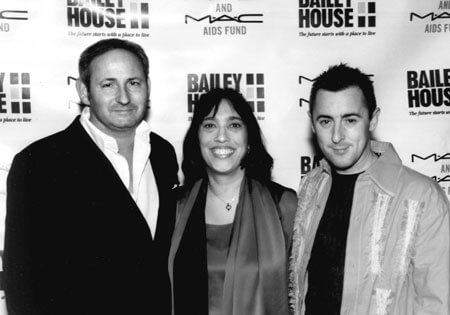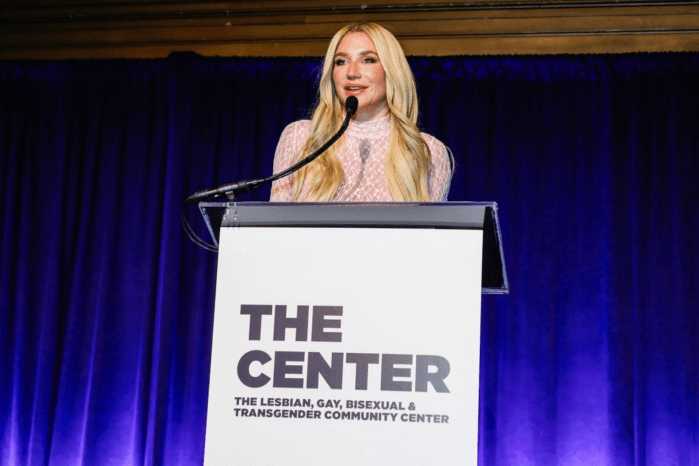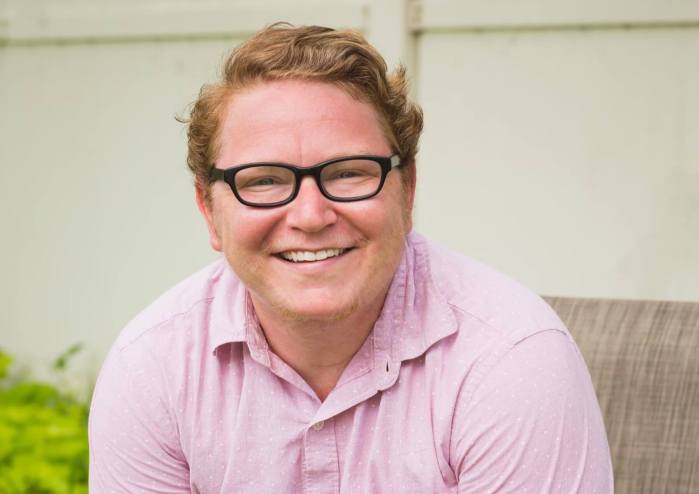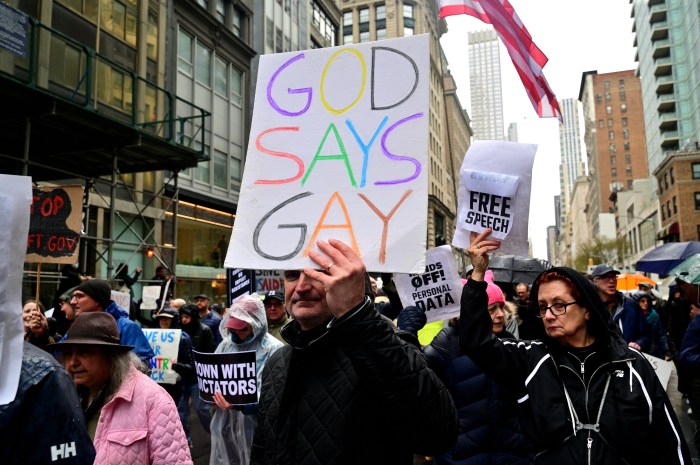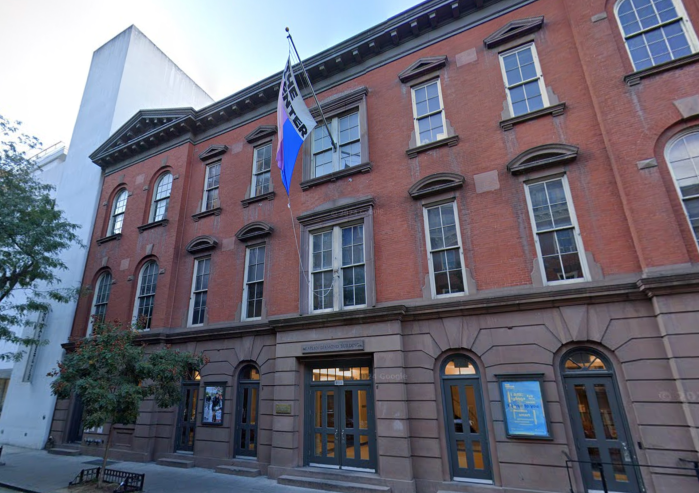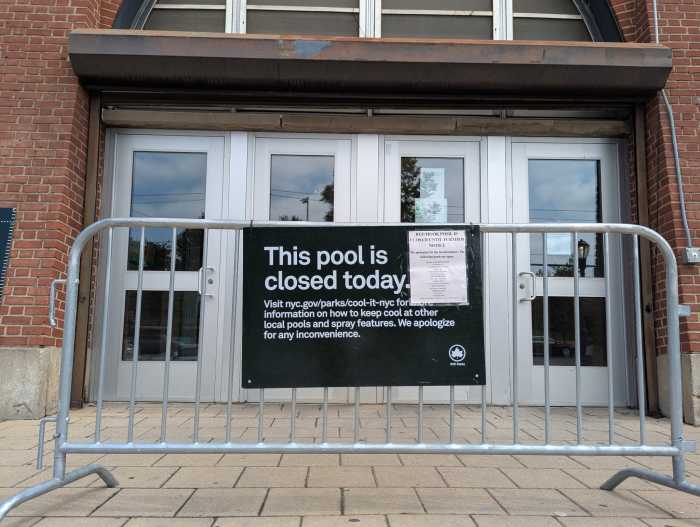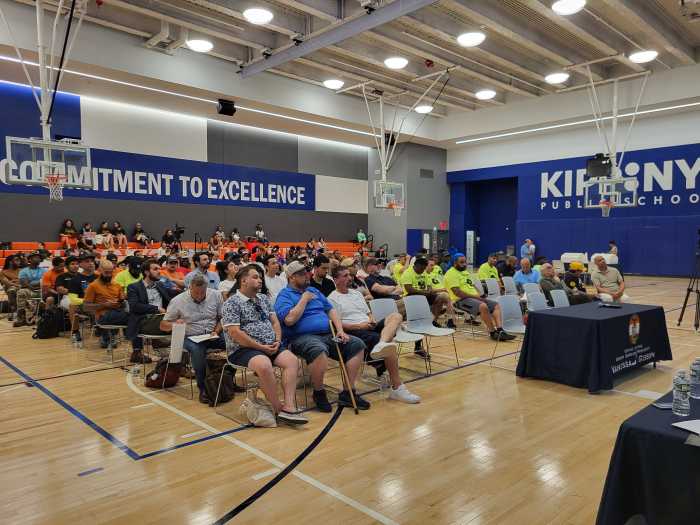Bailey House’s Gina Quattrochi ruffles feathers while pressing her agenda
Gina R. Quattrochi, the executive director of Bailey House, which provides housing and housing support services to roughly 500 New Yorkers living with HIV, is not one to pull her punches.
In late November 2002, when Michael Bloomberg became the first New York mayor to host a World AIDS Day event––at Gracie Mansion, no less––Quattrochi publicly challenged him to “commit” to speaking out more visibly about the epidemic. The mayor testily replied, “I don’t think there’s any question of my commitment.”
Still, after the event, Quattrochi told Gay City News, “Here we are going into the twenty-second year of the epidemic in New York City… and we have a mayor who has never as far as I know articulated a strategy or a plan to address the complex and multi-faceted challenges of the epidemic, particularly with regard to people of color communities. That is unacceptable.”
Quattrochi’s passion is fueled by the needs of the population she serves. According to statistics from the city’s Department of Health, about 78,000 New Yorkers were living with HIV or AIDS as of mid-2002. Those who access Bailey House services are not only dealing with a serious virus, they may also be coping with one or more of a variety of other social problems––poverty, lack of job skills, a criminal record, mental illness, and substance abuse. Bailey House has developed a range of programs premised on the view that maintaining housing stability depends on addressing all of these issues.
“These are the lives of the people with HIV and AIDS in New York City that are stake,” she explained, noting that more than 30,000 city residents are clients of the HIV-AIDS Services Administration (HASA), meaning they have sufficiently low income to qualify for public benefits. The latest census provided by HASA indicates that more than 28,000 of these clients receive rental assistance. According to Quattrochi, approximately 1,200 of those receiving housing assistance are currently in emergency single-room-occupancy facilities that have repeatedly been cited for their excessive cost to the city and their decrepit physical state.
Bailey House provides housing for 200 of its clients––44 at the Bailey-Holt House at the foot of Christopher Street, 90 in scattered site apartments in all the boroughs except Staten Island, and 66 at Bailey House at Schafer Hall in East Harlem, the final group of which includes both single parents, primarily women, with AIDS and single adults typically over 50. In its facility on 107th Street between Park and Lexington Avenues, the group provides case management services, vocational training, and substance abuse treatment readiness programs for about 300 clients. A new program for newly paroled ex-prisoners with AIDS is being ramped up.
Bailey House also provides technical assistance to about 200 smaller AIDS service groups nationwide.
When the mayor used a second World AIDS Day event at Gracie Mansion this past December to announce a new advisory commission to guide policy on the epidemic, Quattrochi was no easier on Bloomberg.
“I was appalled that there was no one representing the HIV-AIDS housing community,” she said, clearly seeing the lack of such representation as payback for the criticism Bloomberg has taken from her and other housing advocates including Housing Works and the New York City AIDS Housing Network. “Among the advocates, the housing advocates have been in the forefront of challenging this administration.”
At times, Quattrochi says, retribution is aimed specifically at her. Last summer, she arranged a meeting of AIDS housing advocates with Deputy Mayor Dennis Walcott, who oversees policy development for Bloomberg. After several delays, Quattrochi learned from a City Hall source that Walcott would not attend as long as she was present. With the threat by her advocate colleagues that they would not attend without her, the meeting eventually took place with both Quattrochi and the deputy mayor in attendance, but the experience stays with her.
“To me it was a very strange message––I won’t come to a meeting with you, but I won’t tell you why,” Quattrochi said in an interview this week. “I could only assume this happened because I had been publicly quoted criticizing the administration.”
Quattrochi’s outspokenness is all the more remarkable given the basis of her group’s funding. Approximately 85 percent of Bailey House’s $10 million budget comes from public sources, principally the federal Department of Housing and Urban Development (HUD) and the city, through the disbursement of federal Housing for People With AIDS (HOPWA) and Ryan White funds. Given the fiscal crunch faced locally and in Washington, funding uncertainties abound.
At City Hall, Quattrochi explained, Bailey House, like all other service providers has faced repeated rounds of small cuts for each of the past several years. She is more concerned, however, with indications that the administration, well before it appointed an advisory commission in December, was working on re-prioritizing its allocations to AIDS service providers, which combining HOPWA and Ryan White money total about $120 million each year. Bailey House is uncertain of the future of at least $600,000 in city-funded programs it manages.
On the federal level, there is a shift in HUD priorities toward direct provision of housing, and away from a more comprehensive approach that funded support services that Bailey House and other providers view as critical in ensuring housing stability. City officials and non-profit service providers who play a role in allocating HUD funds here in New York have interpreted the new direction in federal efforts to require more funding for direct housing services, and as a result $330,000 in annual funding for Bailey House’s case management efforts in East Harlem are at risk. These decisions divide housing advocates and require tough policy choices.
“My feeling is that when we begin to advocate for new housing at any cost, at the cost of destabilizing a system that is currently operating and providing services to keep people stabilized, I think it’s a real mistake and ultimately a tragedy,” Quattrochi said.
She noted that while the rhetoric out of Washington is that other federal agencies will pick up the slack, the budget reality is that no replacement money is available.
“The Bush administration has been particularly skillful at latching onto current advocacy campaigns and ultimately putting their own spin on those campaigns,” she said. “All people see is that the administration has supported their campaign, but if you go further than that you notice that the administration’s approach to the same issue is very different from that of the advocates.”
Quattrochi also expressed concern that relative to other localities, particularly those in the South, New York City is not showing sufficient attention to the increasing emphasis that Bush administration officials are putting on demonstrating short-term outcomes in winning federal grants.
Of the $1.5 million or so that Bailey House raises privately, more than two thirds, or about $1.1 million come from foundations, which Quattrochi argued are consistently impressed by the agency’s ability to hold administrative and fundraising costs down to about 17 percent of the total budget. Still, foundations are not a good source of replacing lost government funds.
“That’s the kiss of death in any foundation grant proposal,” she explained.
Bailey House doesn’t do a lot of special event fundraising, citing the high cost of raising each dollar. Its annual auction, held this year on February 12 and celebrating the group’s 20th anniversary, raises the bulk of the $400,000 in non-foundation private support. Approximately 600 people are expected to attend.

